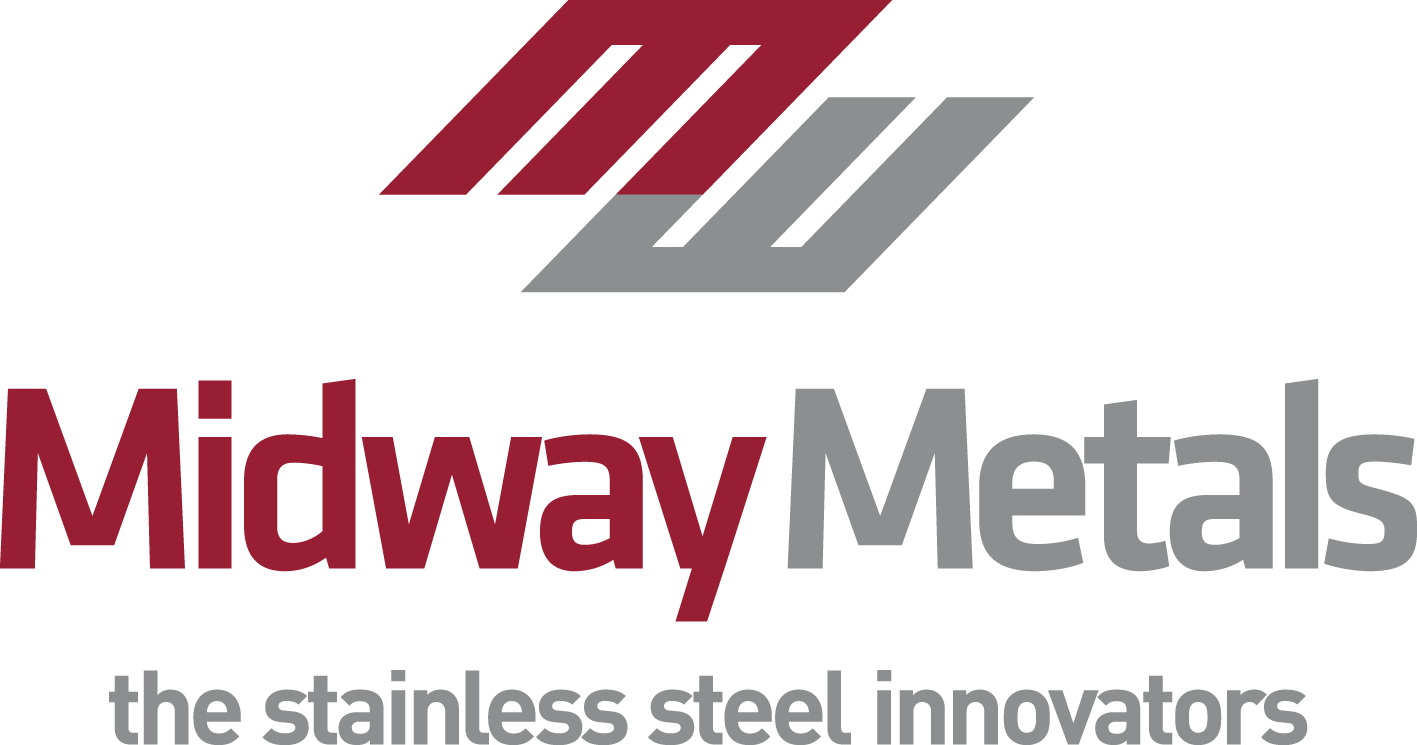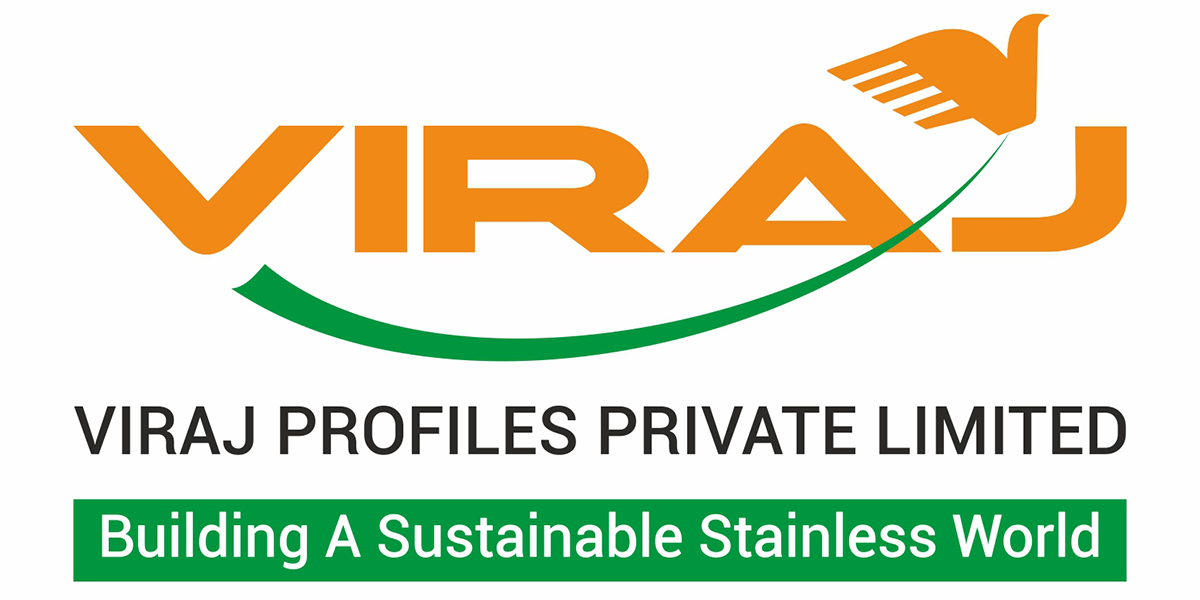Stainless steel continues to deliver a strong and enduring reputation for visual appeal and structural performance in commercial applications.
Perth’s Cockburn Health and Community Facility features over 300m of internal and external stainless steel handrails and balustrades fabricated and installed by ASSDA Member and Accredited Fabricator, Balustrading WA.
The extensive use of stainless steel in the integrated medical and health centre complements the state-of-the-art building and quality services offered to the local community.
ASSDA Sponsors Austral Wright Metals and Vulcan Stainless supplied grade 316 stainlesss steel throughout including for the main vertical balusters, which measure 10mm thick, and are 150mm



 Neeson Murcutt Architects and Joseph Grech Architects drew inspiration from the museum’s collection of gemstones for the new façade, resulting in a double-glazed window set against coloured glass panes.
Neeson Murcutt Architects and Joseph Grech Architects drew inspiration from the museum’s collection of gemstones for the new façade, resulting in a double-glazed window set against coloured glass panes.




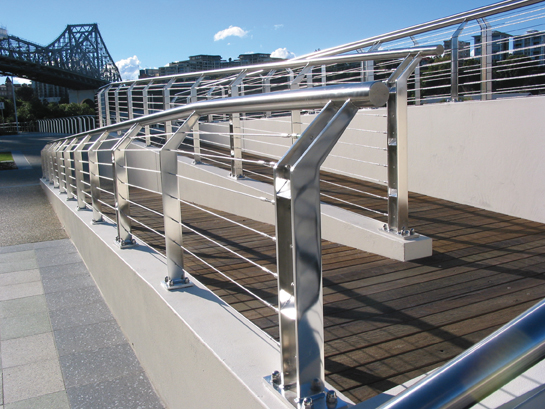







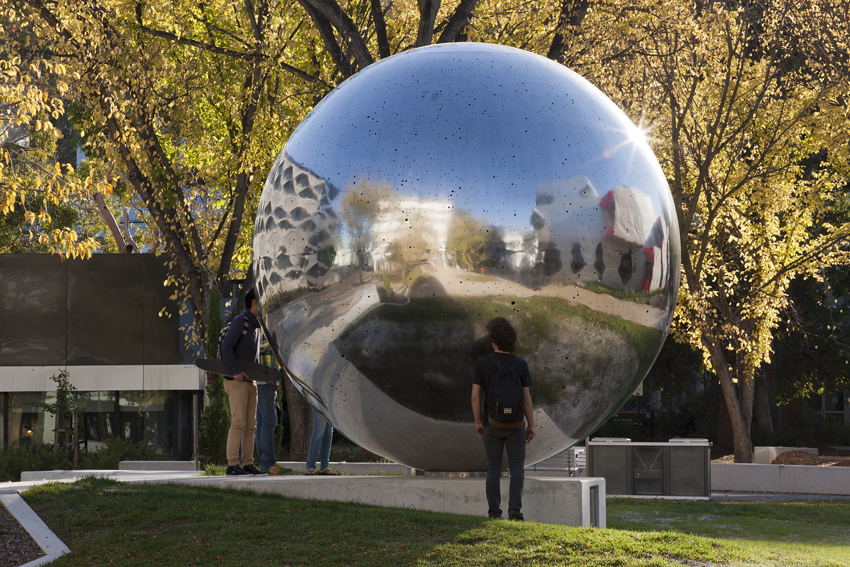 The 4 metre diameter, mirror-polished stainless steel sphere (called UNA), which sits in the science precinct at ANU, is so much more than first meets the eye. Designed by UK artist Wolfgang Buttress, UNA features 9,100 laser-cut perforations, which were mapped in collaboration with ANU astrophysicist Dr Daniel Bayliss.
The 4 metre diameter, mirror-polished stainless steel sphere (called UNA), which sits in the science precinct at ANU, is so much more than first meets the eye. Designed by UK artist Wolfgang Buttress, UNA features 9,100 laser-cut perforations, which were mapped in collaboration with ANU astrophysicist Dr Daniel Bayliss.


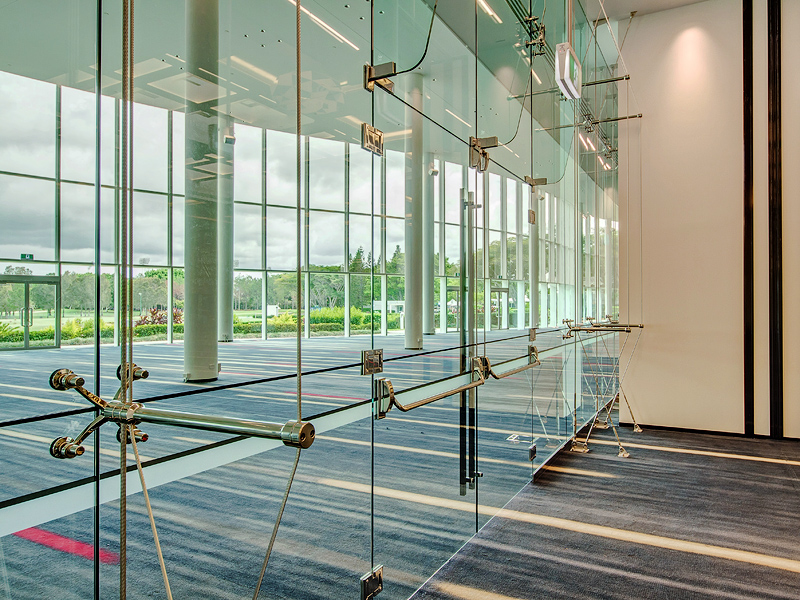 shment is a 55 metre long and 5 metre high floor-to-ceiling glass wall anchored and framed by nearly a tonne of stainless steel wire rope and fittings. The wall ensures an impressive visual impact, as well as enabling a flood of natural light, a stunning view, and flexible exhibition options.
shment is a 55 metre long and 5 metre high floor-to-ceiling glass wall anchored and framed by nearly a tonne of stainless steel wire rope and fittings. The wall ensures an impressive visual impact, as well as enabling a flood of natural light, a stunning view, and flexible exhibition options.


